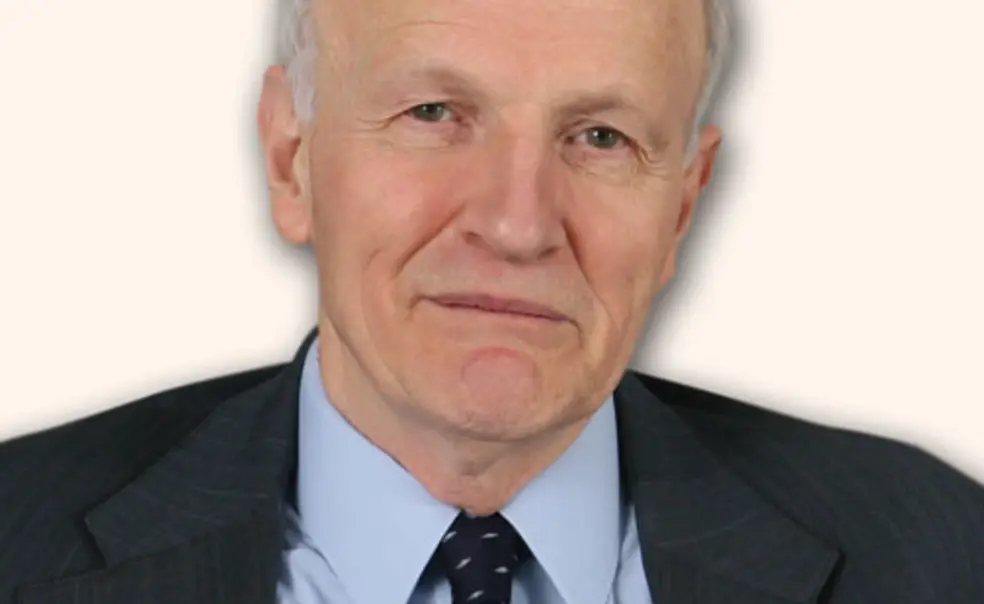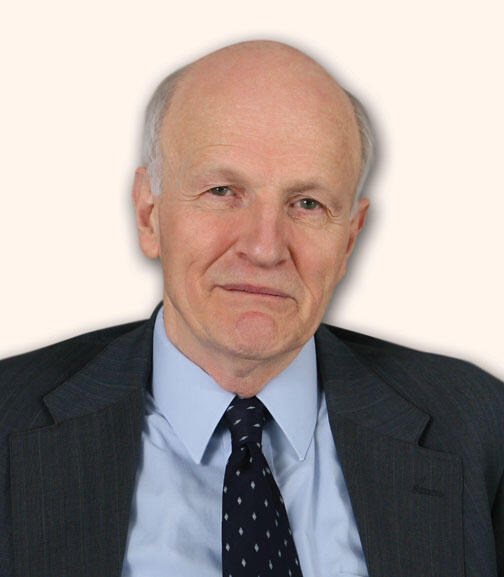A moment with ... Frank von Hippel, on nuclear power
On March 11, a magnitude 9.0 earthquake and massive tsunami slammed northeastern Japan, crippling the 40-year-old Fukushima nuclear-power reactors and creating the world’s biggest nuclear scare since Chernobyl. PAW spoke with nuclear physicist Frank von Hippel, co-founder of Princeton’s Program on Science and Global Security, about the ramifications of the crisis.
What will Fukushima mean for the “nuclear renaissance” that the industry had been talking about? Will it make new reactor construction less likely?
Yes, it will. But the renaissance in the U.S. has been very iffy anyway. Internationally, the renaissance has been dominated by China. There are 43 nuclear power plants, globally, where construction has started in the last five years. Twenty-seven of them are in China. None are in the U.S.
With these low-probability, catastrophic events, it seems impossible to guarantee safety.
These reactors were not designed for inherent safety. These are the descendants of submarine-propulsion reactors, where safety has been an add-on. But there are ideas for inherently safe designs: the so-called high-temperature, gas-cooled reactor. This is a very interesting concept where the fuel is inside little ceramic shells that are supposed to contain the fission products to a very high temperature, even if there’s no cooling. But it requires the reactor to be designed for about a tenth of the power of standard reactors today. So you need 10 times as many of them. The question is, will this be economical? Advocates for these small, modular reactors say that if they’re small enough to make in a factory, then you can make them much more cheaply.
There are 23 U.S. reactors with a design similar to Fukushima. Can their safety be improved?
After Three Mile Island, the suggestion was that if you have a Fukushima situation, where you have to release steam to prevent the containment from failing, you should do it through a massive filter. Most of the radioactivity would be captured in the filter. In fact, the French and Germans installed filters in their reactors after Three Mile Island. But the U.S. Nuclear Regulatory Commission and the Japanese thought that the probability of needing them was so low that they didn’t require them. They’re very inexpensive. Existing plants in the U.S. could afford this kind of retrofit.
Perhaps the greatest threat in Japan has come from spent fuel rods sitting in elevated pools. Is there a similar problem here?
The U.S. was going to ship spent fuel to reprocessing plants and Yucca Mountain [the proposed nuclear-waste repository in Nevada]. The Japanese had the same assumptions, except they followed through — they did reprocess. So in fact, there’s less spent fuel in Japanese pools than in U.S. pools. When the off-site destinations in the U.S. didn’t materialize — first, the reprocessing plants; and second, Yucca Mountain — the U.S. utilities had to store on site. First they increased the density of storage in the spent fuel pools to the point that fuel is stored five times as densely as originally designed. Then, when they were absolutely packed full, they would take the oldest, coldest fuel out and put it in dry-cask storage. We [von Hippel and colleagues] say anything over five years old should be put in dry casks. It is a problem.
The tsunami caused thousands of deaths and a humanitarian crisis. Yet the nuclear crisis has carried most headlines.
I agree; this is very distorted. It reflects a phobia people have for radiation. Coal is killing on the order of 10,000 people in the U.S. every year, from fine-particle air pollution. The estimate is that Chernobyl, the one big accident we’ve had so far, will have in total shortened the lives of about 10,000 people by cancer. And here we have a tsunami that killed over 10,000 people instantly.
Even some environmentalists view nuclear power as a good substitute for coal plants. Do the risks of climate change outweigh the risks of new nuclear plants?
I think they do — if your only concern about nuclear power is safety and radioactive waste. I have a hierarchy of concerns that is the opposite of the public’s. In the public mind, radioactive waste is the greatest concern, then comes safety, then comes nuclear-weapons proliferation. My hierarchy is the opposite.
The way I consider my position is “anti-pro-nuclear.” I think this technology could be safe. But I don’t think that the people running these plants, and the people regulating them, are producing that result.
— Interview conducted and condensed by Eric Hand ’97













No responses yet